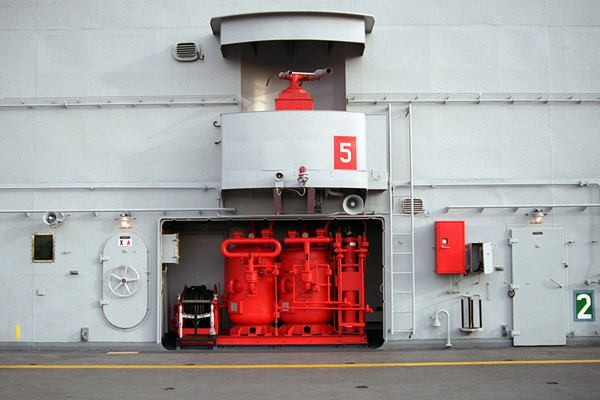
Owning or managing a business, you know how devastating a fire can be. Fires not only reduce profits by causing damage to property and equipment as well as increasing downtime, but they are a serious safety risk to you and your employees. And while not all fires are completely preventable, there are several steps you can take to increase your chances of stopping a fire and reacting quickly when one does occur. The key to keeping your business and its valuable assets safe from fire hazard is a proper understanding of the differences between fire detection, fire protection, and fire extinguishing.
What is Fire Monitoring System?
Fire monitoring system serve the simple purpose of catching fire as quickly as possible to allow for the safe evacuation of personnel and, if possible, for a quick response to extinguish the fire. With the right fire detection system, human and equipment costs due to damage can be significantly reduced. Electronic detection systems usually work with alarms to notify nearby people immediately or connected to surveillance systems. It provides fire warnings to building occupants and can provide information to emergency responders at the location of the fire, speeding up the process of controlling the fire.
Types Of Fire Monitoring Systems
Not all fire protection systems are the same. Critical components are required to prevent, detect and extinguish fires in various locations and situations. Here is a list of systems that make each of them essential to protect businesses like yours.
Ionization fire alarms are best for detecting flammable fires. Inside the alarm is a small piece of radioactive material (don't worry - as intended) that sits between two electronically charged plates. This results in a continuous flow of ionized air between the two plates. When smoke enters the middle of the ionized stream, it interrupts the stream and sets off the alarm. These alarm systems are better for detecting fast, blazing fires.
This type of alarm is better for detecting a smouldering fire. The smoke that comes out of a slow, smouldering fire is very different from the fire of a raging flame. A photoelectric fire alarm uses a beam of light that is sent to a chamber away from the light sensor. When smoke enters the chamber, it reflects light towards the sensor, and triggers the alarm to sound.
Combination alarms feature both ionization and photoelectric fire detection technologies. There are arguments for maximizing your home security by having combination alarms in your home, or both ionization, and photoelectric alarms in your home, as combination alarms are not as great of one detection method or the other as compared to single units. Huh.
Fire sprinkler systems, fire extinguishers, smoke and fire alarms are all a part of this type of fire monitoring system. In "active systems", some kind of action is required. Activated systems can be activated manually or automatically in the event of a fire. This is accomplished for example by manually using a fire alarm pull station, or by detecting smoke by a smoke detector and activating the alarm automatically.
Hybrid systems use two or more of the systems mentioned above to control and deal with potential fires. Hybrid systems are a great example of how a professional fire protection company can see what you need and advise you which system is best. It removes the guesswork so you can have peace of mind knowing that your assets, most important personnel, are safe in the event of a fire.
Afantagé`s good and efficient fire monitoring system Malaysia is almost 98 - 100% accurate. In addition, the overall ownership cost, maintenance, and licensing of the equipment and hardware are highly economical. To know more, visit Us.